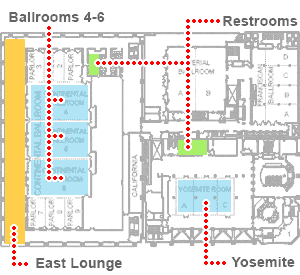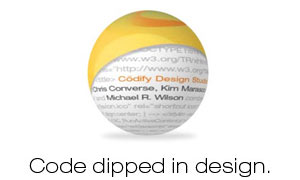Welcome
 Welcome to a new phase in your career: One where you realize you are so much more than a print designer. You're a Designer who solves problems across various platforms.
Welcome to a new phase in your career: One where you realize you are so much more than a print designer. You're a Designer who solves problems across various platforms.
I'm so pleased to be a part of a conference that provides a solution to the #1 concern from print designers: "I need to learn interactive design to keep my job/attract new clients/secure my future in the industry, but I have no idea where to begin."
Technology moves so fast that, like you, I feel as though I'm always trying to keep up. The good news is that even as technology advances, the principles you will learn at HOW Interactive Design Conference will remain valuable and relevant.
At HOW Interactive Design Conference, you'll learn the most important concepts to consider when designing for the web, mobile devices and more. And this year we've split the program into two tracks, so it's even easier to target the specific information you need.
One track will be geared toward designers just moving into web design, with sessions on transitioning your print design skills and getting comfortable with SEO, structuring information, and working across multiple mediums.
The other track will help you ratchet your current digital design skills up a notch with the latest information on programs, technologies and trends.
Don't miss this opportunity to spend three days networking with your fellow designers and learning directly from the most respected, friendly and accessible interactive designers in the industry.
I hope to see you in San Francisco!

Bridgid McCarren
HOW Interactive Design Conference Program Chair

 At the HOW Interactive Design Conference, you'll meet industry leaders who are determined to help you develop and expand your web design prowess. They'll explain the technologies and trends that are shaping the future of design, and make sure you have all the interactive design skills to thrive in this fast-paced and constantly changing field.
At the HOW Interactive Design Conference, you'll meet industry leaders who are determined to help you develop and expand your web design prowess. They'll explain the technologies and trends that are shaping the future of design, and make sure you have all the interactive design skills to thrive in this fast-paced and constantly changing field.

Get Social
Follow us online
Social Media
Facebook Twitter @HOWInteractive Twitter #HOWIDC PinterestOverheard at HIDC 2011
HOW Interactive Design Conference
San Francisco 2012
© 2012 F+W Media.
Designed and developed by
Cōdify Design Studio